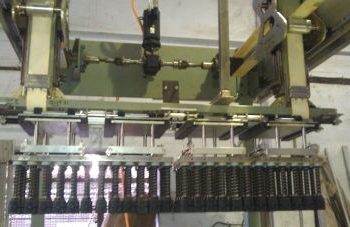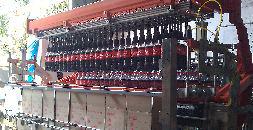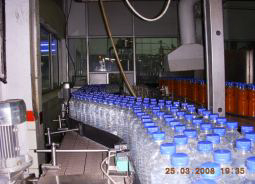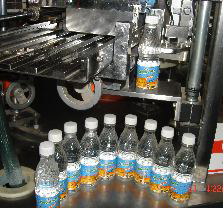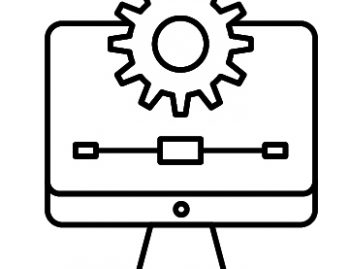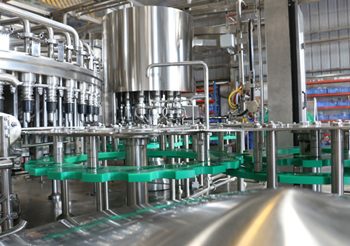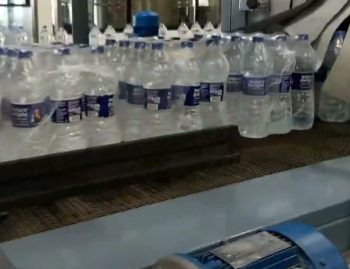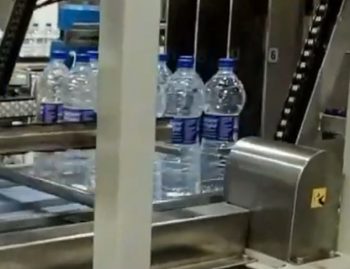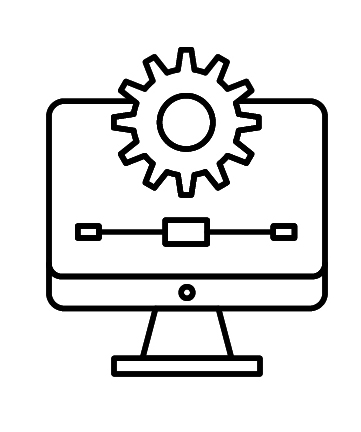
Introduction to Automation in Filling Machines
In today’s fast-paced industrial landscape, efficiency and precision are not just goals; they are essential for survival. As businesses strive to meet the demands of an ever-evolving market, automation in filling machines is stepping into the spotlight. This technology isn’t merely a trend; it’s redefining how industries operate by streamlining processes and enhancing productivity.
Imagine a factory floor where every bottle, jar, or container is filled with impeccable accuracy at lightning speed. Gone are the days of manual labor fraught with errors and inconsistencies. Instead, automated filling machines have taken charge, paving the way for enhanced operational capabilities that allow companies to focus on growth rather than bottlenecks.
Let’s delve deeper into this fascinating transformation and explore how automation in filling machines is revolutionizing production lines across various sectors.
The Evolution of Filling Machine Automation
Filling machine automation has come a long way since its inception. In the early days, manual labor was essential for bottling and packaging. Workers used simple gravity-fed systems to fill containers, which were often inconsistent.
As technology advanced, pneumatic and mechanical systems emerged. These innovations allowed for faster filling processes but still required significant human oversight.
The introduction of electronic controls marked a pivotal shift in this landscape. With programmable logic controllers (PLCs), manufacturers could fine-tune operations with precision previously thought impossible.
Today’s automated filling machines are equipped with advanced sensors and AI-driven algorithms. This enables real-time adjustments based on product viscosity or container size, streamlining production lines like never before.
Manufacturers can now enjoy seamless integration into their existing workflows while maintaining high levels of quality assurance and compliance standards. The evolution continues as new technologies drive further enhancements in speed, accuracy, and efficiency across industries worldwide.
Benefits of Automated Filling Machines
Automated filling machines bring a wealth of advantages to various industries. One major benefit is the significant reduction in labor costs. By minimizing manual intervention, companies can allocate resources more efficiently.
Another noteworthy advantage is consistency. Automated systems deliver uniformity with every fill, ensuring products meet strict quality standards. This reliability enhances brand reputation and customer satisfaction.
Speed also plays a crucial role in productivity gains. These machines operate faster than their manual counterparts, allowing businesses to keep up with high-demand environments without compromising on quality.
Moreover, automated filling machines are equipped with advanced technology that enables real-time monitoring and adjustments. This feature ensures optimal performance and reduces waste due to overfilling or underfilling.
They offer scalability for production lines. Whether you’re producing small batches or large quantities, automation adapts easily to changing needs without extensive reconfiguration.
Increased Productivity and Efficiency
Automation in filling machines significantly boosts productivity and efficiency on the production line. With high-speed operations, these machines can fill thousands of containers per hour, far surpassing manual processes.
Eliminating human error is another advantage. Automated systems ensure consistent output without fatigue or distraction. This reliability translates to fewer mistakes and less product waste.
Moreover, automation allows for seamless integration with existing manufacturing workflows. Operators can monitor multiple lines simultaneously, optimizing resource allocation across various tasks.
The precise control offered by automated filling machines means that businesses can easily adapt to changing demands. Whether it’s adjusting fill volumes or switching between products, flexibility is key in today’s market.
As companies scale up their operations or diversify product offerings, automation remains at the forefront of enhancing productivity while maintaining quality standards.
Improved Accuracy and Precision
Automation in filling machines significantly enhances accuracy and precision. Traditional methods often lead to inconsistencies due to human error, fluctuating conditions, or mechanical wear and tear.
Automated systems utilize advanced sensors and software that ensure each fill is consistent. These technologies monitor the flow of liquids or materials in real-time, adjusting as needed with remarkable speed. This results in precise measurements every time.
Furthermore, automated filling machines can handle a variety of products seamlessly. Whether it’s thick pastes or delicate liquids, these machines adapt to specific requirements without compromising quality.
The integration of data analytics also plays a role here. By analyzing performance metrics, manufacturers can fine-tune operations for even greater precision over time. This level of control not only boosts product consistency but also reinforces brand reliability among consumers who expect perfection with every package they receive.
Cost Savings and ROI with Automation
Investing in automation for filling machines can lead to significant cost savings. Initially, the price tag might seem daunting. However, the long-term benefits often outweigh these upfront costs.
Automated systems reduce labor expenses by streamlining operations. Fewer workers are needed to achieve the same output, which translates into lower wage bills.
Maintenance and operational errors also see a decline with automation. Machines function consistently without human fatigue or oversight issues. This reliability minimizes waste and product loss.
Moreover, automating processes allows for quicker turnaround times. Products reach shelves faster, boosting sales potential and improving cash flow.
As companies embrace technology, they notice enhanced efficiency leading to greater profits over time. The ROI from automated filling machines becomes evident as production scales up while costs remain manageable.
Future Trends in Filling Machine Automation
As industries evolve, the future of filling machine automation is poised for exciting advancements. AI integration will play a crucial role, allowing machines to learn from past operations and optimize processes in real-time. This means faster adjustments and fewer errors.
Moreover, IoT technology will enhance connectivity between machines and data systems. Manufacturers can expect smart fill lines that communicate seamlessly with inventory management software, reducing downtime and increasing output.
Sustainability also takes center stage as eco-friendly materials become essential. Filling machines are likely to adopt technologies that minimize waste and energy consumption while maintaining high efficiency.
User-friendly interfaces will simplify operation. Operators can easily monitor performance metrics on intuitive dashboards, making it easier to address issues before they escalate. The landscape of filling machine automation is changing rapidly—stay tuned for what’s next!
Conclusion: The Future is Automated
The landscape of manufacturing is shifting rapidly, and automation in filling machines plays a pivotal role in this transformation. As industries seek enhanced productivity and precision, automated solutions are becoming indispensable. These innovations not only streamline processes but also significantly reduce human error.
With technology advancing at an unprecedented pace, companies that embrace automation will likely stand out in competitive markets. The ongoing development of smart technologies promises even greater efficiency and adaptability for filling machines. This evolution ensures they can meet the demands of modern production lines while maintaining high standards.
As we look to the future, it’s clear that embracing automation isn’t just a trend; it’s a necessity. Businesses ready to harness these advancements will find themselves better equipped to navigate challenges ahead and capitalize on new opportunities in their respective fields. Automation isn’t merely changing how we fill containers—it’s redefining what productivity and precision mean for generations to come.
